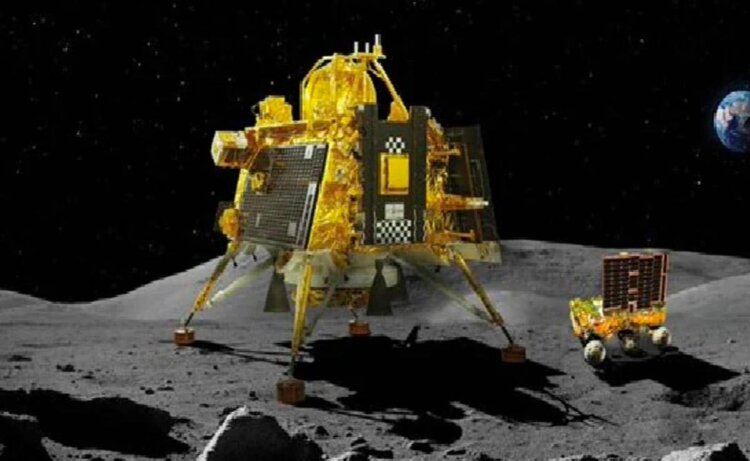New Delhi: Chandrayaan-3 is just hours away from an attempt to land on the moon, which could make India the first country to land a spacecraft on the lunar body’s south pole.
Chandrayaan-3 is expected to land at 6.04 pm today, making India the fourth country to pull off a soft landing on the moon’s surface.
After Russia’s Luna-25 spacecraft crashed into the moon on Sunday, Chandrayaan-3 will aim to be the first to land on the moon’s south pole. The south pole – far from the equatorial region targeted by previous missions, including the crewed Apollo landings – is full of craters and deep trenches.
The south pole is important as the region is believed to contain water ice which could support a future moon settlement.
If successful, the Chandrayaan-3 mission will be a huge boost for India’s space industry. Not only will it cement India’s standing as a space power, but it will also have implications for future lunar exploration.
The mission will also demonstrate new technology for interplanetary missions.
Chandrayaan-3 lander Vikram is carrying a rover named ‘Pragyaan’ which will analyse the chemical makeup of the moon’s surface and search for water
Pragyaan will use its laser beams to melt a piece of the lunar surface, called regolith, and analyse the gases emitted in the process.
Through this mission, India will not only access a wealth of knowledge about the lunar surface but also its potential for human habitation in the future.
Another payload, the Radio Anatomy of Moon Bound Hypersensitive Ionosphere and Atmosphere (RAMBHA), will measure the density of charged particles near the lunar surface and how it changes over time.
An Alpha Particle X-Ray Spectrometer (APXS) will measure the chemical composition and infer the mineralogical composition of the moon’s surface while the Laser-Induced Breakdown Spectroscope (LIBS) will determine the elemental composition of lunar soil.







 Finance
Finance







